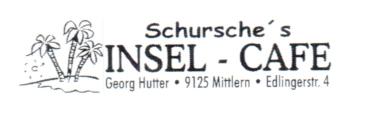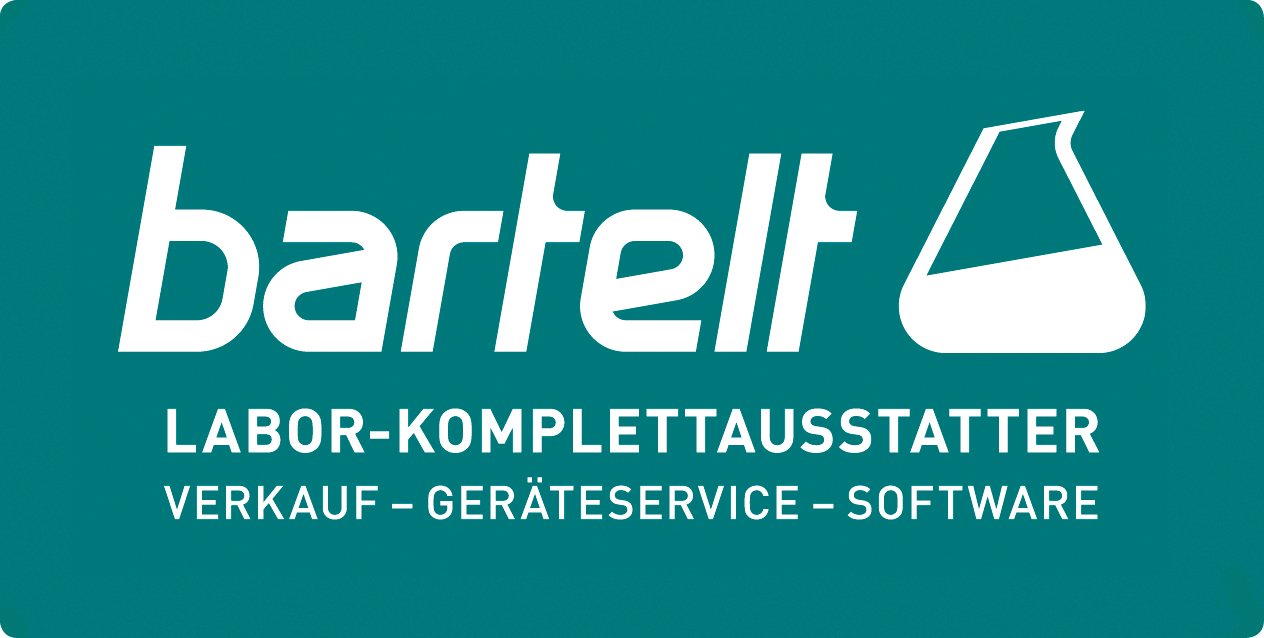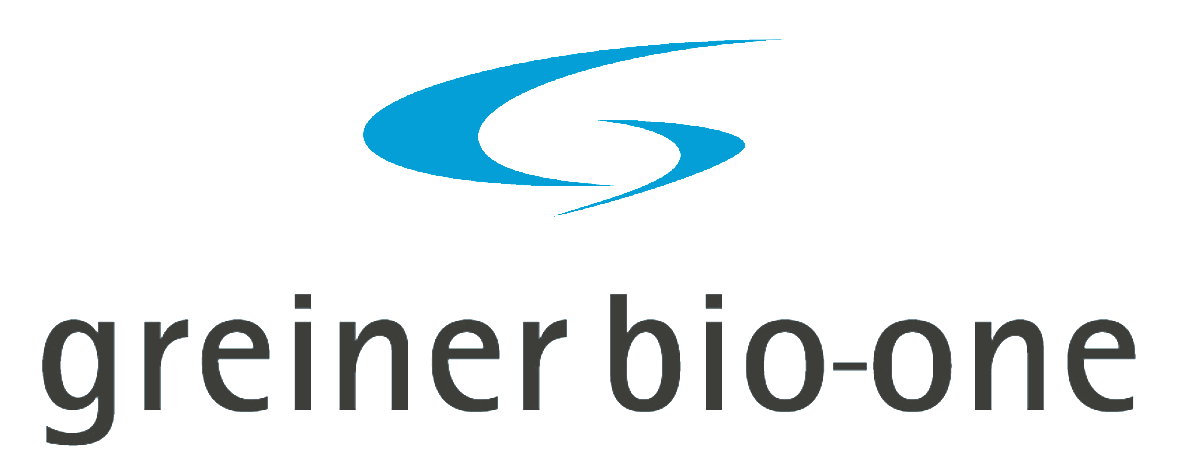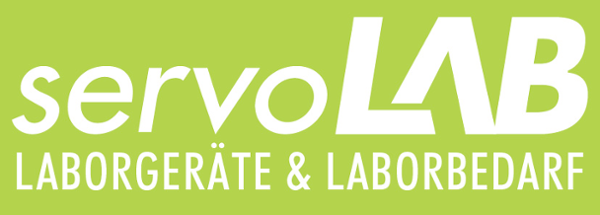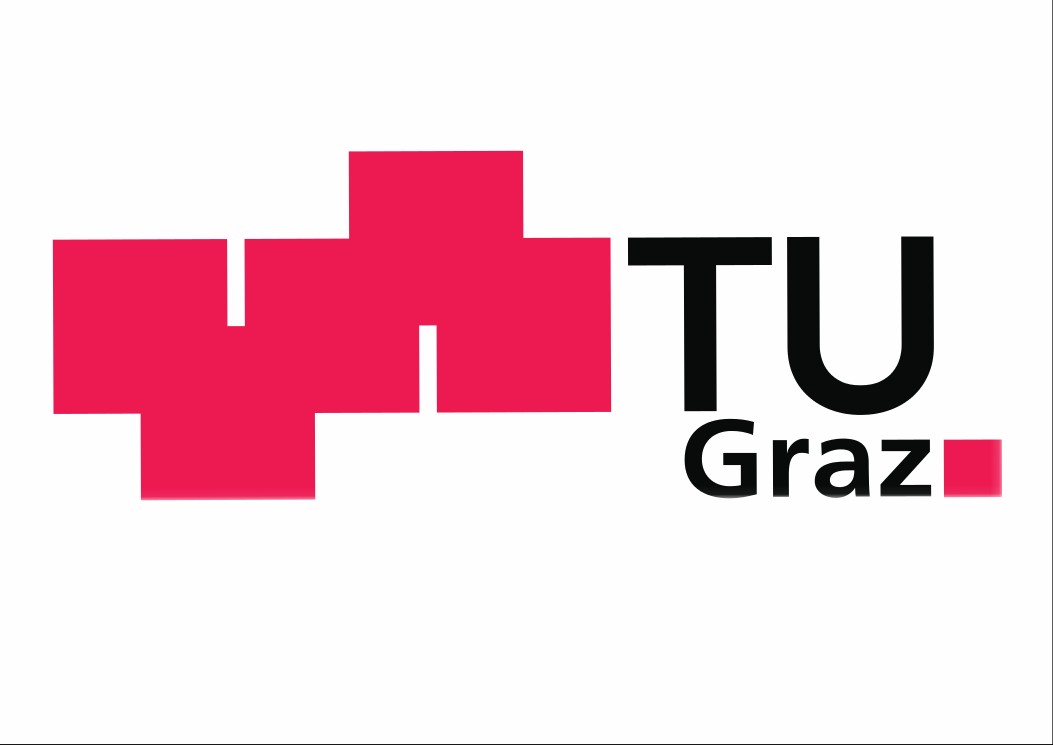Vector Assembly
Our vector had to be assembled from the scratch. We started with gBlock from IDT. Those gBlocks already had the BioBrick pre- and suffix included. As vector backbone the pUC19 plasmid was used. Before doing the assembly we had to make sure we have the correct sequence. We carried out a blunt-end ligation of every gBlock to a commercial pJet 2.1 vector for sequencing. After sequencing we picked the appropriate clones to do PCR reactions in order to get the correct fragment from the pJET vector. After cleaning the PCR products we digested the pUC19 with EcorI and PstI. The first insert was cut with EcorI and SpeI, the second insert with XbaI and PstI. Afterwards the ligation of Insert1 (toxin_dammet), Insert2 (colour_antitoxin) and Vector was done.
Characterisation
After the assembly we transformed our plasmid to E.coli XL1 and plated them on LB agar plates. The first few attempts showed really bad growth, so we started to add glucose to the LB plates at a concentration of 25mmol/l in order to have the tac promoter repressed.
The colonies we got were used for an Over Night Culture (ONC). To see if E.coli has the correct plasmid we performed a plasmid preparation and used EcoRI for restriction analysis. The next step was sequencing to see if the plasmid was all correct or if there happened any mutations during the growth phase that led to a non-functional toxin. After we got our sequencing results confirmed we scaled up the ONC to 500ml and started induction at OD600 0.6 to see if the protein was expressed or not. We used SDS-PAGE to compare induced against non-induced protein and to figure out if our proteins are soluble or non-soluble, we compared the supernatant against the cell lysis. Because SDS-Page gives no real proof if it was exactly our protein we did mass spectrometry.
Microbial Part
For the final task we had to force our E.colis to combate each other, in different ways. The first method is using LB plates with 0.1mmol IPTG for induction. We pre mixed colonies from red and blue in a reaction tube and plated them. The second method was done by using an inoculation loop and striking the different strains above each other. This time we let them grow first and used 100µl of 0.1mmol IPTG to induce the cells afterwards. A third idea was to let both strands grow in liquid LB medium overnight and plate them the next day. After one more day the number of surviving red and blue colonies can be counted.
General Protocols
Antibiotic stock solution
Ampicillin (10mg/ml) in H2O sterile filtrated
Chloramphenicol (34mg/ml) in ethanol
LB medium
Plates:
32g /l Invitrogen Lennox l Agar
Autoclave at 121°C for 20min
Liquid:
10 g/L Trypton
5 g/L Yeastextract
5 g/L NaCl
Autoclave at 121°C for 20 min
Plasmid preparation
Day before: Pre-culture in LB-medium containing the appropriate antibiotics. The amount of liquid cell culture required for plasmid preparation depends on the copy number of the plasmid (between 5 and 20 mL)
- Centrifuge the pre-culture in appropriate tubes for 2min at max. speed
- Carefully remove the supernatant
- Resuspend pellet in 250μL resuspension solution
- Add 250 μL lysis solution and invert the tube gently 5 to 6 times
- Lysis should not exceed 5 min
- Add 350 μL neutralization solution and invert the tube 5 to 6 times
- Centrifuge the suspension for 5min at max. speed
- Prepare the columns
- Transfer the supernatant without the white stuff of the centrifuged samples onto columns
- Spin for 1 min at max speed and subsequently discard the flow-through
- Add 500μL wash solution and spin the loaded column for 1 min at max. speed Discard the flow-through
- Repeat 11
- Spin the empty column again for 1min
- Place columns in new collection tubes
- Elute the plasmid DNA with 50μL elution buffer. To increase the amount of DNA preheat the buffer to 70°C and let elute for 5min at 50°C. Then spin down for 2min at max. speed
Preparation of electro-competent E.coli-cells
- Preparing a pre-culture ONC let grow at 37°C
- Use 1ml of pre-culture to inoculate the main culture. Let grow for an OD600 of 0.6-0.8
- Collect the cells in 50ml tubes and cool them on ice for 30min
- Spin down at 7500rpm for 7min at 4°C
- Discard the supernatant carefully and resuspend the cells in 50ml ice-cold ddH2O
- Repeat step 4
- Discard the supernatant carefully and resuspend the cells in 25ml ice-cold ddH2O
- Repeat step 4
- Discard the supernatant properly and resuspend the cells in 10ml ice cold 10% glycerine. Aliquot the cells to reaction tubes
- Spin down at 4500rpm for 5min at 4°C
- Discard supernatant and resuspand in 800µl 10% glycerine
- Aliquot 80µl to precooled reaction tubes and freeze at -70°C
- Check with transformation if the cells work
Transformation of E.coli cells
- Thaw the competent cells on ice
- Put 2 µl of DNA into precooled electroporation cuvettes
- Add 80 µl of competent cells to the cuvette
- Tap the cuvette a few times on the table to be sure no air bubbles remain
- Use paper to dry the cuvette
- Put the cuvette into Electroporator and shock (2,5V)
- Immediately resuspend the shocked cells in preheated LB medium
- Let the cells regenerate 50 min at 37°C
- Plate appropriate amount of cell suspension (50 - 200 μL) on LB-agar-plates containing the appropriate antibiotics
Agarose gel electrophoreses
- Prepare 200ml of 1% agarose gel with 2g of agarose
- Let the solution cool down to approximately 50 °C
- Add nucleic acid dye (e.g. EtBr) and mix
- Pour the solution in a tray using an appropriate comb
- Add loading dye to the samples
- Fill the samples and ladder into the wells
- Run the gel at 120 V
Restriction Endonuclease Reaction (double digestion)
1μL restriction endonuclease 1 FastDigest
1μL restriction endonuclease 2 FastDigest
2μL FD- Buffer
800-1000ng template DNA
Add H2O to reach a total volume of 20 μL
DNA extraction from gel
- Cut out the correct bands from the gel. Don’t cut too generously
- But the gel slice to a fresh reaction tube.
- Add 200 µl of Extraction Buffer and mix it.
- Incubate the mixture at 58°C for 15min
- Add 200 µl of pure ethanol
- Transfer to column, spin down for 1min at maximum speed and discard flow-through
- Add 200µl of pre-wash buffer and spin down for 1min at max speed
- Discard flow-through and add 700µl washing buffer to the column spin down for 1min at max speed
- Repeat 8
- Discard flow-through and spin down the empty column
- Transfer the empty column to a fresh reaction tube
- Wait 5min to be sure there is no ethanol left
- Add 10µl elution buffer to the column and let incubate 5min at 50°C
- Spin down for 2min
Ligation:
1µl T4 Buffer
0,5µl T4 Ligase
100µg Backbone
Insert to a ratio of 1:1
Add H20 to a total volume of 10µl
PCR reaction
Components 20 μL reaction volume 50 μL reaction volume 5x Phusion HF buffer 4 μL 10 μL 10 mM dNTPs 2 μL 5 μL Forward Primer (10 μM) 1 μL 2.5 μL Reverse Primer (10 μM) 1 μL 2.5 μL DMSO* 0.6 μL 1.5 μL Phusion DNA polymerase 0.2 μL 0.5 μL DNA 40-200 ng 40-200 ng H2O add to a volume of 20 μL add to a volume of 50 μL *optional
MEGAWHOP Cloning
10µl of 5x Buffer
5µl dNTPS
150ng of mega primer
50ng tamplate DNA
0.5µl Phusion Polymerase
Add H2O to 50µl
PCR profile
98°C for 5min
98°C for 30sec
58°C for 30sec 25cycles
72°C for 3min
72°C for 10min
4°C
To get rid of the parental DNA use 1,5µl DpnI and incubate at 37°C for 2 hours.
Sponsoring




